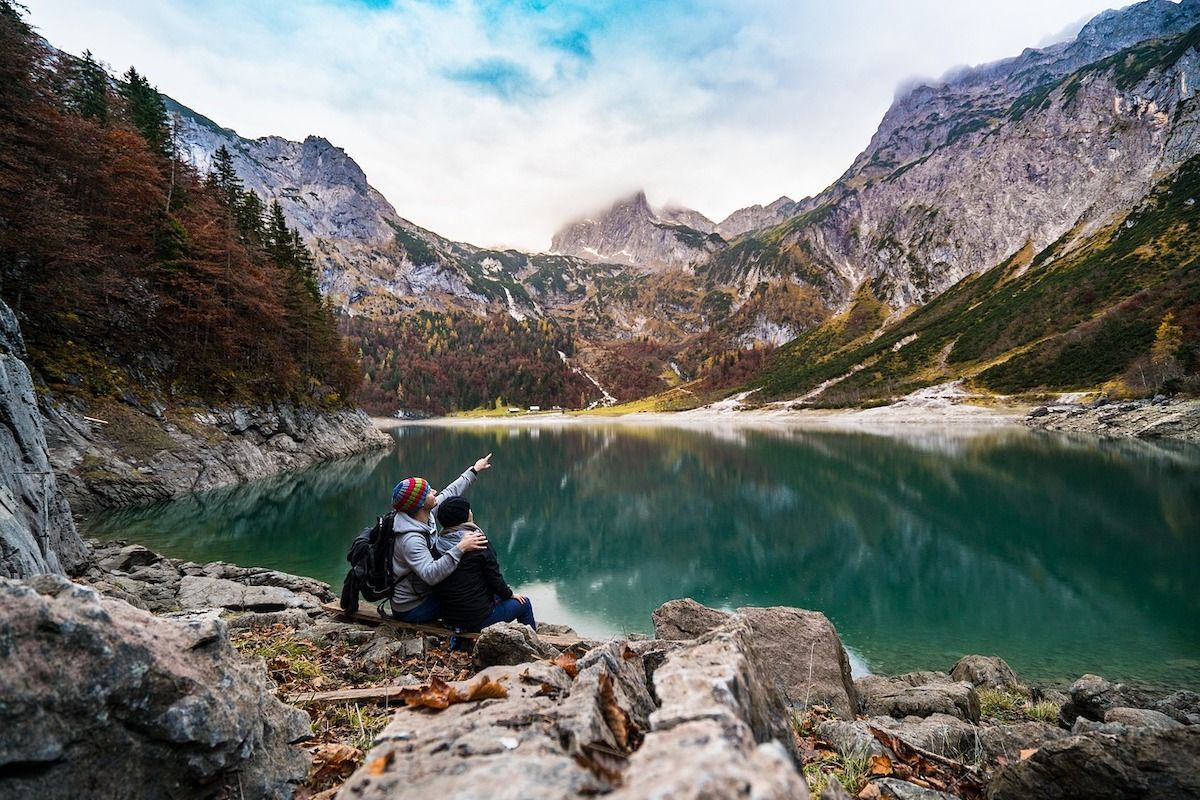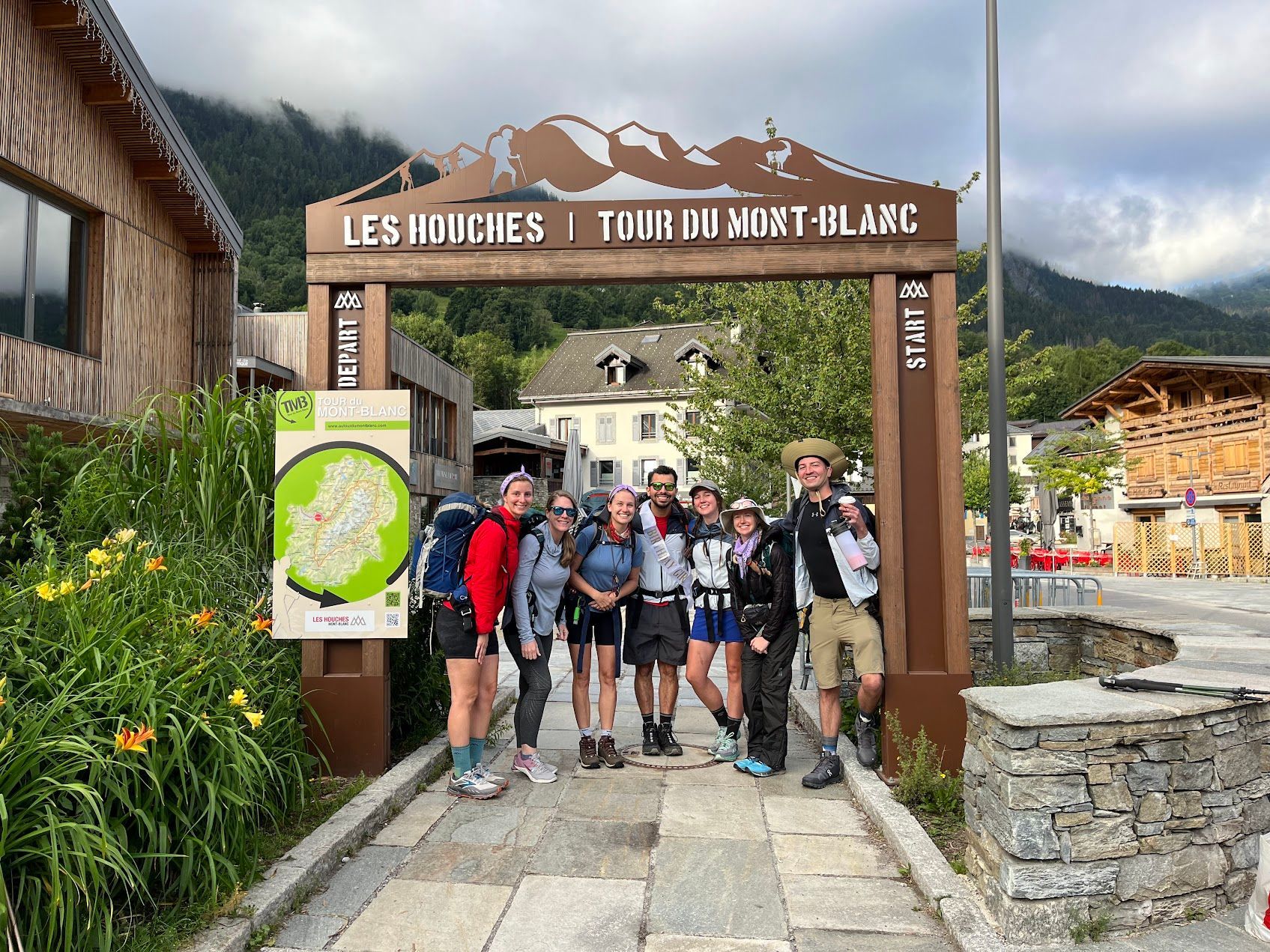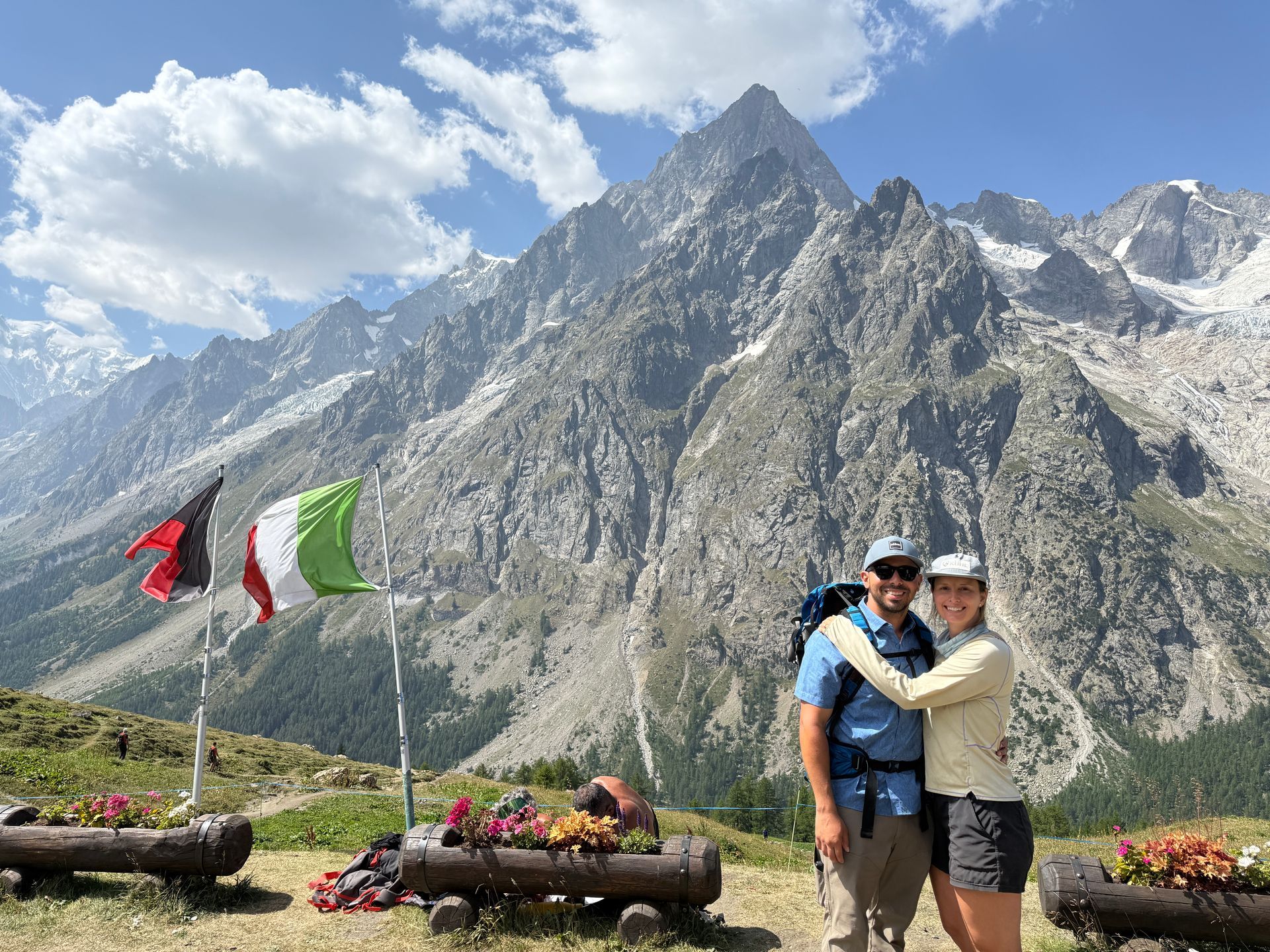How Can You Plan a Sustainable Travel Adventure?
Sustainable travel is all about making choices that help preserve the environment, support local communities, and ensure that future generations can enjoy the same travel experiences we do today. As travelers, we have the power to make a positive impact through the decisions we make. This guide will walk you through practical tips to plan an eco-friendly adventure, making your travels more sustainable and rewarding.

Understanding Sustainable Travel
Sustainable travel means traveling in ways that minimize negative impacts on the environment, respect local cultures, and support the economies of the places you visit. It involves being conscious of how your travel habits affect the world around you and making efforts to reduce your carbon footprint. Sustainable travel benefits not just the environment, but also the local communities by preserving their culture and boosting their economy.
Research and Choose Eco-Friendly Destinations
One of the first steps in planning a sustainable trip is selecting a destination that prioritizes sustainability. Look for places that are known for their eco-friendly practices, such as using renewable energy, conserving natural resources, and supporting local communities. Examples of eco-friendly destinations include Costa Rica, Bhutan, and New Zealand. To find out more about a destination’s sustainability practices, check resources like Green Destinations.
Sustainable Transportation Options
Transportation is a major part of travel that can significantly impact the environment. Opt for eco-friendly modes of transport whenever possible. Trains, buses, and bicycles are much greener alternatives to flying. If flying is unavoidable, choose direct flights to reduce emissions and consider airlines that offer carbon offset programs. Once you reach your destination, use public transportation, walk, or rent a bike to explore.
Selecting Eco-Friendly Accommodations
Where you stay can make a big difference in your travel footprint. Look for accommodations that are committed to sustainability. Eco-lodges, green hotels, and homestays often have practices like recycling, water conservation, and using renewable energy. Verify their sustainability credentials by checking for certifications such as LEED or Green Key. During your stay, minimize your impact by conserving water, turning off lights when not in use, and reducing waste.
Packing and Gear for a Sustainable Adventure
Packing light is not only convenient but also better for the environment as it reduces the weight and, consequently, the fuel needed for transportation. Choose durable, sustainable travel gear that can withstand multiple trips. Avoid single-use plastics by bringing reusable items like water bottles, utensils, and shopping bags. By preparing properly, you can significantly reduce waste and your environmental footprint.
Mindful Activities and Tours
When planning activities, choose eco-friendly and community-based tours. These not only provide authentic experiences but also support local economies. Always look for tours that are operated sustainably and ethically. Avoid activities that exploit animals or damage the environment. Supporting local guides and businesses ensures that your money goes directly into the community, promoting sustainable development.
Minimizing Waste and Reducing Consumption
Travel can generate a lot of waste, but there are ways to minimize it. Carry reusable bags, bottles, and containers to avoid single-use plastics. Recycle and compost whenever possible. Be mindful of your consumption by supporting local artisans and buying responsible, eco-friendly products. Choose dining options that prioritize locally sourced, sustainable ingredients, and try to reduce food waste by ordering only what you can finish.
Respecting Local Cultures and Ecosystems
Being respectful of local cultures and ecosystems is a key part of sustainable travel. Learn about and respect the customs and traditions of the places you visit. Engage with local communities in a respectful manner. When exploring nature, follow guidelines to avoid disturbing wildlife and damaging ecosystems. Over-tourism is a significant issue, so try to visit less crowded sites and travel during off-peak seasons to reduce your impact.
Offsetting Your Carbon Footprint
Despite your best efforts, some carbon emissions are unavoidable. This is where carbon offsets come in. Calculate your travel carbon footprint using online calculators, and invest in trusted carbon offset programs to balance out your emissions. These programs fund projects like reforestation, renewable energy, and conservation efforts, helping to mitigate the impact of your travel.
Conclusion
Planning a sustainable travel adventure might seem challenging, but it’s incredibly rewarding. By making conscious choices, you can enjoy your travels while minimizing your environmental impact and supporting local communities. Remember, every small step counts. Let’s make a positive difference together and ensure that our beautiful world remains vibrant and diverse for generations to come.


